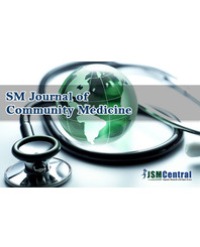
Microbiome of the Different Body Sites in Preeclampsia Patients to Reveal the Role of Bacteria in the Multifactorial Causes
Aim: Preeclampsia (PE) is a pregnancy-associated disorder. Its incidence is increasing with the age. Especially for those elderly parturient women, the risk of incidence of PE is getting higher. Since human microbiota plays an important role in the maternal health, it is necessary to study the microbial differences between PE and healthy pregnant women. Microorganism dysbiosis may be detected as a biomarker for PE early diagnosis.
Methods: 24 samples were collected and categorized into 8 groups: four groups in healthy pregnant women, NF (gut), NV (vaginal fluid), NS (The second maxillary molars exudates), ND (placenta) and four groups in PE pregnant women, PF (gut), PV (vaginal fluid), PS (The second maxillary molars exudates), PD (placenta) as corresponding body sites. Microbiota from all groups was analyzed by sequencing the V4 region of the 16S rDNA gene via MiSeq.
Results: It was found that Firmicutes (10.84%-94.52%), Proteobacteria (0.27%-37.58%), Bacteroidetes (0.34%-48.97%), Actinobacteria (0.26%-28.40%) and Fusobacteria (0.03%-11.28%) are dominant bacteria in the pregnant women. while Aerococcaceae and Peptostreptococcaceae increase significantly (p < 0.05, wilcox. test) in PE women. The subgroup NF and PF have the most significant difference. Bacteroides, Faecalibacterium, Roseburia and Coprococcus were abundant in NF, while Bifidobacterium, Eggerthella and Escherichia were enriched in PF. Both ND and PD were detected for Fusobacterium and Prevotella, which as same as NS and PS. Overall, there are 24 level 2 KEGG Orthology groups (KOs) represented only in healthy group through PICRUSt. Membrane Transport, Carbohydrate Metabolism, Replication and Repair are the most.
Conclusions: This study suggests that differences indeed exist in the microbiota between healthy and PE women at different body parts. It indicated that Carbohydrate Metabolism and Replication and Repair are very important given the elevated inflammation that can trigger pre-eclampsia. A dedicated microbiome database of Chinese pregnant women covering larger populations and body parts is essential to reveal the underlying mechanisms.
Keling Liu* and Qingmei Fu
